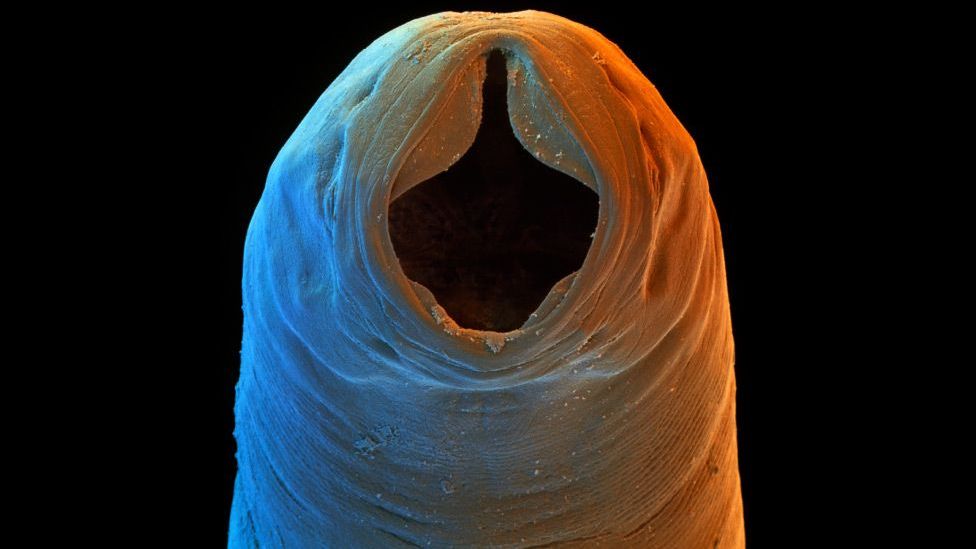

Twenty cats naturally infested with lungworm were treated with Broadline. The effectiveness of Broadline against feline lungworm was investigated in a field study in Italy. The study showed almost 100% effectiveness against tapeworms, roundworms and hookworms for both Broadline and the comparator product. Effectiveness was measured by identifying adult worm segments (tapeworms) or counting worm eggs (roundworms) in faeces at day 14 after treatment. Broadline-treated cats were compared to cats treated with a spot-on product containing the worm medicines emodepside and praziquantel. The effectiveness of Broadline against intestinal worms was investigated in one EU field study involving cats with tapeworm, roundworm or hookworm infections or mixed infections.

The study showed over 98% effectiveness of the medicine against the mite, with a clinical cure in all animals.
MEDICATION TO KILL HOOKWORMS IN HUMANS SKIN
The measure of effectiveness was reduction of the number of Notoedres cati mites found in skin scrapings compared to cats that received no treatment. The effectiveness of Broadline against cat mange was examined in a laboratory study with 18 naturally infested cats. For ticks, effectiveness was between 85 and 93% for Broadline-treated cats compared with 92 and 98% for cats treated with the comparator product. The study showed effectiveness of 86 to 87% against adult fleas for Broadline throughout the 30 day post-treatment period compared with between 76 and 82% for cats treated with another medicine containing just fipronil and (S)-methoprene. The effectiveness of Broadline against fleas and ticks was investigated in an EU field study involving cats infested with fleas, ticks, or both. What benefits of Broadline have been shown in studies? Praziquantel acts on the cell membranes of tapeworms, leading to the death of the parasite. (S)-methoprene is an insect growth regulator which stops the flea life cycle by killing eggs and blocking the development of juvenile flea stages and causing their death.Įprinomectin interferes with channels in the nerve and muscle cells of roundworms that allow charged chloride particles (ions) to pass, leading to their paralysis and death. It blocks channels in their nerve cells that allow charged chloride particles (ions) to pass, interfering with the transmission of nerve signals and leading to overstimulation and death. This means that they kill parasites that live inside the body of animals.įipronil kills adult parasites. The other two active substances in Broadline, eprinomectin and praziquantel, act as ‘endoparasiticides’. This means that they kill external parasites that live on the skin or in the fur of animals, such as fleas and ticks. Two of the active substances in Broadline, fipronil and (S)-methoprene, act as ‘ectoparasiticides’. Broadline can also be used to prevent heartworm disease for one month.īroadline contains four active substances: fipronil, (S)-methoprene, eprinomectin and praziquantel. It treats tick infestations and prevents new infestations for up to three weeks.įor worms, Broadline is used to treat tapeworms, roundworms and hookworms in the gut as well as a type of worm that infects the bladder and two types of feline lungworm. It may also be used as part of a treatment strategy for flea allergy dermatitis (an allergic reaction to flea bites). The product is to be used only when all three groups of parasites are targeted at the same time.įor external parasites, Broadline treats flea infestations and prevents new infestations for at least one month it also prevents environmental flea contamination for over a month. Broadline is a veterinary medicine used to treat cats with, or at risk of, mixed infestations by tapeworms, roundworms and external parasites (fleas, ticks, and a burrowing mite called Notoedres cati which is a cause of mange).


 0 kommentar(er)
0 kommentar(er)
